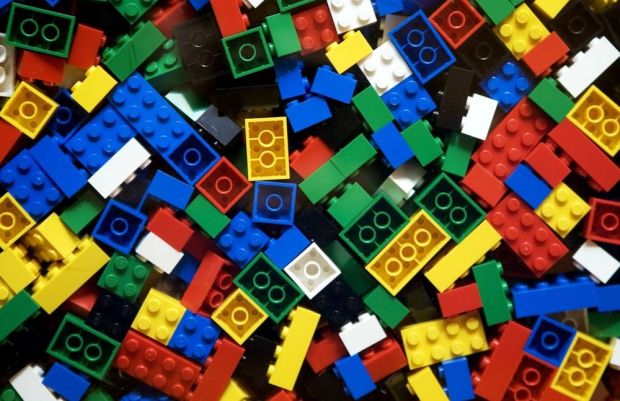Everything Is Not Awesome For LEGO

LEGO taught us that “Everything is awesome,” but things are decidedly far from awesome for the Danish toymaker.
In the face of tough European and North American retail markets last year, the company’s sales fell for the first time since 2004, taking an 8 percent plunge to 35 billion Danish crowns ($5.8 billion). LEGO reported having a backlog of stale inventory, leaving less space in warehouses and on store shelves for new products, which tend to sell better.
That decline comes on the heels of a 6 percent increase in 2016 and a 25 percent growth surge in 2015.
LEGO estimates its themed and colorful construction sets and blocks reached around 100 million children during 2015, which the company said was its best year ever — a perfect culmination of years of growing loyalty among customers, as well as a growing portfolio of marquee licensed properties including Star Wars, the Avengers and Batman.
At the time, Fortune attributed the growth to a greater emphasis by parents on toys that inspire learning, particularly in the STEM categories — that is, science, technology, engineering and mathematics. The company’s push to cater more toward girls may have also assisted with sales.
It’s also possible that LEGO was still riding the success of its popular “The Lego Movie,” released February 2014, into the following year. The film delivered 13 percent sales growth in the year it was released.
However, the release of 2017’s LEGO Ninjago movie was evidently not enough to create a comparable sales surge, and a continued parental emphasis on STEM and learning toys was not enough to keep sales from slipping last year.
BBC Business suggests lack of imagination as a factor in the toys’ declining popularity. The pieces have become very specific and themed, with detailed instructions for assembly, noted the site.
Basically, LEGO has become its own antagonist: Lord Business of “The Lego Movie,” determined to see sets assembled in one specific way and leaving no room for the weird and wonderful creations that children inevitably contrive when left to their own devices.
Next thing you know, it’ll be selling Krazy Glue with sets.
Another major factor was surely the bankruptcy of Toys R Us, the biggest toy-store chain in the U.S., which has negatively impacted toymakers across the board: Mattel and Hasbro also took a hit this year.
Toys R Us started 2017 with roughly 1,600 stores globally. About half of those were located in the U.S. In September, the company filed for bankruptcy protection, and it has been shuttering stores ever since in an effort to stabilize its business model. A weak holiday sales season led Toys R Us to announce 200 more store closures in February.
The struggle has led some toy manufacturers to reconsider doing business with the retailer at all. Around 40 percent of its vendors tightened the terms of their contracts in the lead-up to the bankruptcy filing. Toys R Us is reportedly aiming to up its ante in the online space to remain competitive.
Reuters reported that strong double-digit growth in China last year somewhat balanced out declines in established markets across North America and Europe. LEGO’s plan to open a Dubai office this year could give sales some additional assistance by growing the brand across the Middle East and Africa.
On top of that, LEGO previously stated that it planned to reduce staffing by 8 percent to simplify the business. Following that announcement, it eliminated 1,400 jobs worldwide to offset falling sales and profits.
“We’re now aligning ourselves, building the foundation and starting to make investments that will bring us back to growth again,” CEO Niels B. Christiansen told Reuters. “Probably not the type of supernatural growth we had before, but growing in line with the industry.”
